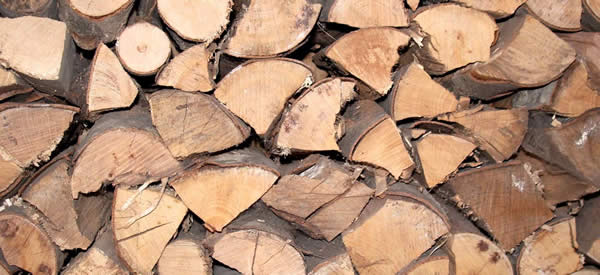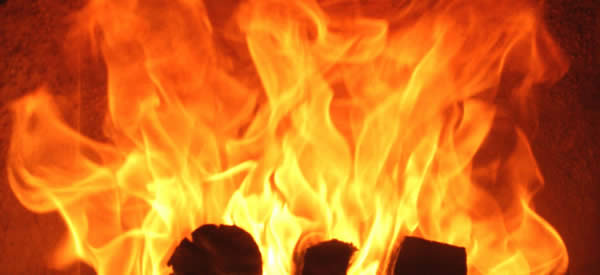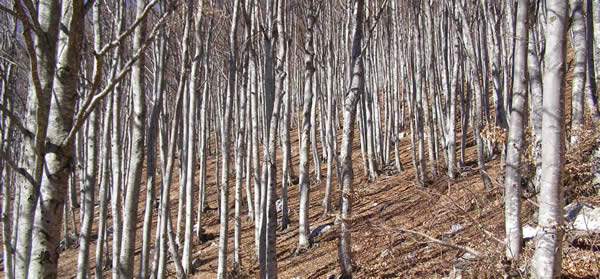Our Philosophy
|
The proper use of natural resources |
We are committed to reducing fuel consumption and pollution produced by this combustion by recognizing the need to restrict the amount of timber removed from our forests.
Never before have we felt the uncertainty of the fragile international relationships because of our dependence on energy supplies. Again, in this occasion, nature has come forward to help us with a valuable organic, neutral, clean and renewable fuel, at a cost much lower than "traditional" and much more polluting fuels. The laws that protect the environment are essential tools to improve the quality of our life in harmony with nature.
|
|
|
|

|
|
The increased pressure of environmental legislation has led manufacturers to upgrade production technology, offering to the market a product able to produce more energy during combustion and reduce pollution.
We are aware that the value of a stove with these features is greater than that of conventional products and are confident that, with the same heat output, the consumption of wood is much lower. From the economic point of view, it represents an investment that will pay for itself in a short time.
|
|
|
 |
|
|
|
Clean energy for the problems of climate change |
|
|
|
Only by reducing emissions of CO2 and the temperature of the exhaust fumes will we be able to limit the damage caused by the greenhouse effect and consequent global climate change.
The use of wood as a fuel, does not produce more CO2 than the plant itself has absorbed during the growth phase, the same that it would yield at the end of his life if it were left in the woods to rot. Instead, with the other types of fuels, we have a substantial increase of pollutant gas for the same energy produced. To get an idea of the emissions generated during combustion all we have to do is to think that, compared to wood, those of methane are about 16 times higher and those of diesel are 26 times higher.
|
|
|
|

|
|
|
|
We shouldn't forget that for the production process, necessary for the extraction, processing, and transportation of various energy sources, there is a resulting release of carbon dioxide (CO2) that will add to that emitted during combustion. It is crucial to know that for methane values are greater than 8-fold, 10-fold for Diesel and LPG by 13 times.
As far as emissions and the temperature of the exhaust gases is concerned, our stoves are within the parameters dictated by current European Standards.
|
|
|
|
In compliance with enviromental equilibrium |
|
|
|
Aware of the ease with which you can destroy the fragile stability that nature has built, we have followed the outcome which now allows us to be satisfied and more serene.
Hence, it becomes important not to waste the resources we have, but use the opportunities in an intelligent way.
|
|
|
 |
|
|
|
Wood is a raw material that we are very familiar with. In reality it is a plant tissue, derived from photosynthesis: the energy of the sun allows water to move and collect the minerals in the soil which, added to carbon dioxide (CO2) in the atmosphere, allow plants to produce new green organic matter (biomass), releasing oxygen (O2) into the atmosphere.
The wood degradation can occur naturally; fungi, molds and animals feed on the large stored energy. The process of photosynthesis, therefore, is reversed and water, carbon dioxide and mineral salts are again transferred to the environment . In less time, the same energy can be released during combustion: when the wood burns it frees light and heat, carbon dioxide goes back into the atmosphere, the water evaporates and then falls to the ground as rain or snow, the mineral salts go back into the soil in the form of ash.
|
|
|
|